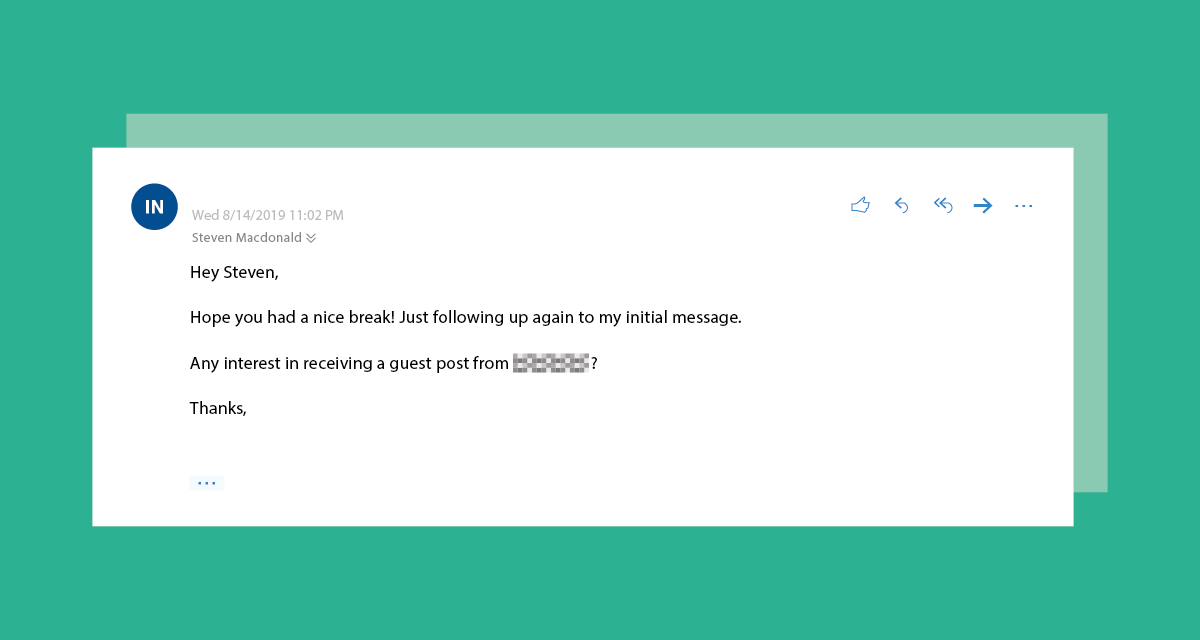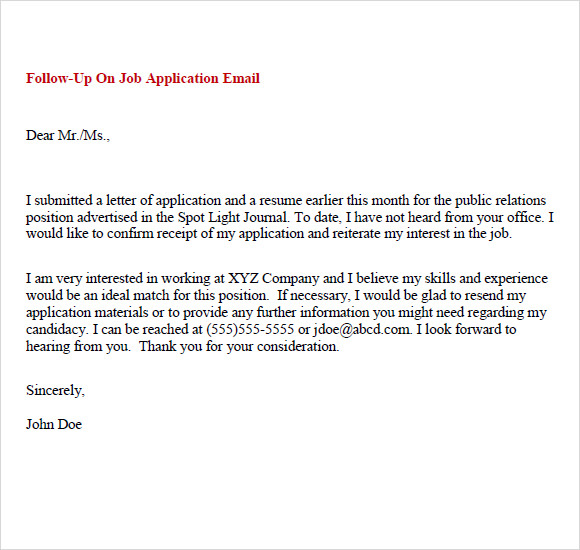
You can typically find this information on their website by looking through their team members. Try to work out where they fit in the prospect's company, such as their job function, whether they can move the deal forward, and who their boss might be. Many times an email goes unanswered because your pitch was sent to the wrong person, so make sure you have the right details for your contact. Send your follow-up email to the appropriate person The key is to provide them with enough information for them to understand exactly what you're proposing, and let them know that you'd be happy to give them the rest of the details on a phone call. Hold off on more in-depth conversation for when you can meet the client in person or on the phone. Studies show that shorter emails typically get a higher response rate than longer emails, so remember to keep your emails short and to the point.īuild your messaging and urgency throughout the follow-up email sequence. Build a follow-up sequenceĭon't cover the entire sales process in a single follow-up as too much information can overwhelm the recipient. If possible, reference the previous email, use the name of your prospective clients, and add more details to get their attention.

You can always try mixing up your tactics if one isn't working for you. After you take some time to learn about the client you're pitching, you can decide which tone would be most effective for them. Your subject lines can be intriguing, urgent, cutesy, funny, or informative. Follow-ups should start with a subject line that gets attention in the client's inbox, which can be accomplished in a variety of tones. Write a cheerful and useful email subject lineĪ killer subject line is important for your message to get read, so your follow-up email should start with a nice subject line. There's a fine line between getting their attention and pushing them away! We've got you covered with a few simple tips. You want to strike the perfect balance in your follow-up email between reminding, connecting, and nagging.

Many freelancers don't send a second email, so doing so automatically makes you stand out in their inbox as someone who really wants to work with them. Not only does it serve as a reminder to the recipient that you're interested in working with them, but sending another email can be extremely helpful in leaving a strong impression.


Why send a follow-up email?įollow-up emails can cut through the noise of a recipient's clogged-up inbox. In this article, we'll cover the cadence of when you should send proposal follow-up emails and some copy and paste templates to adapt to your own needs. So, if you're wondering when you can follow up with your potential client or what to say, you're in the right place! That's why a proposal follow-up email can be just the ticket you need to book your next client. After you send a proposal, it's challenging to wait to hear whether or not you've landed the gig.


 0 kommentar(er)
0 kommentar(er)
